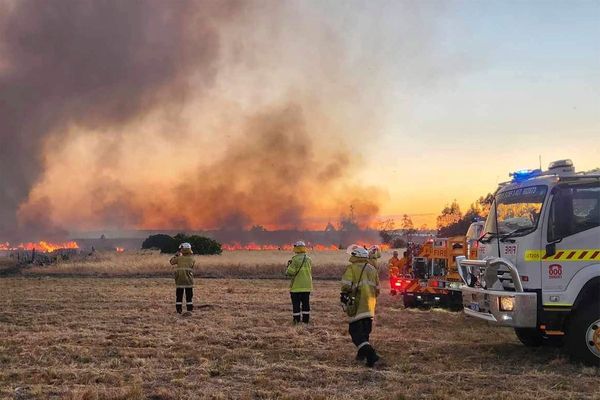
Six new alpine species of New Zealand’s most unusual and beloved insect – the wētā – have been discovered, but it is a bittersweet victory, with another piece of research describing the threat global heating poses for their snowy mountain habitat.
Wētā belong to the same group of insects as crickets and grasshoppers, and there are between 70 and 100 species of wētā endemic to New Zealand. They are wingless and nocturnal, and some, including the wētāpunga, are among the heaviest insects in the world – comparable to the weight of a sparrow.
Forests, grasslands, caves and alpine terrains once crawled with wētā, but their populations have suffered with the introduction of foreign pests and increasing habitat decline due to dairy farming. Sixteen of New Zealand’s wētā species are at risk and the rest are classified as threatened or endangered.
Now, global warming is speeding up their decline, particularly for the elusive alpine wētā who live in the mountains – a terrain that is gradually disappearing and becoming more isolated.
“We knew that there are wētā up there in the high elevation, but the description of their variation has never been done, because although we knew they were there, they were not getting a lot of observation,” said Steve Trewick, a Massey University ecologist and wētā expert.
The alpine wētā are agile (one is nicknamed the Mount Cook flea, despite its much larger size) and have an impressive ability to freeze themselves solid during the harsh winter months before thawing out again in spring.
But within the excitement of the “fantastic” discovery comes a grim a realisation: “now we know they are there and can sit back and watch as they go extinct,” Trewick said. “We’re still discovering what we have, and at the same time as we’re discovering that, we know that biodiversity is more threatened than ever before,” he said, adding that alpine habitats were top of the list for destruction.
The latest Intergovernmental Panel on Climate Change (IPCC) report found it was now “almost inevitable” that temperatures would rise above 1.5C – the level above which many of the effects of climate breakdown will become irreversible.
A paper Trewick helped author, published in the Royal Society, looks at climate change and alpine insects, including the wētā’s cousin, the grasshopper. It shows that global warming is seriously threatening the alpine environment, which will have devastating consequences for biodiversity.
“As the planet warms, the alpine zone moves up mountain, so the cold conditions become more and more attenuated for the tops of mountains – and mountains are a finite height.”
When those alpine environments shrink, they become isolated from other similar terrain, creating small, isolated, populations of animals, which then become more prone to extinction.
While the research is focused on New Zealand biodiversity and terrain, Trewick said it had wider applications, and demonstrated that “no part of the planet is exempt from global climate change”.
“All those taxa that are associated with those habitats are going to increasingly feel the pinch over the next 30-50 years – we are talking within human lifetimes.”







